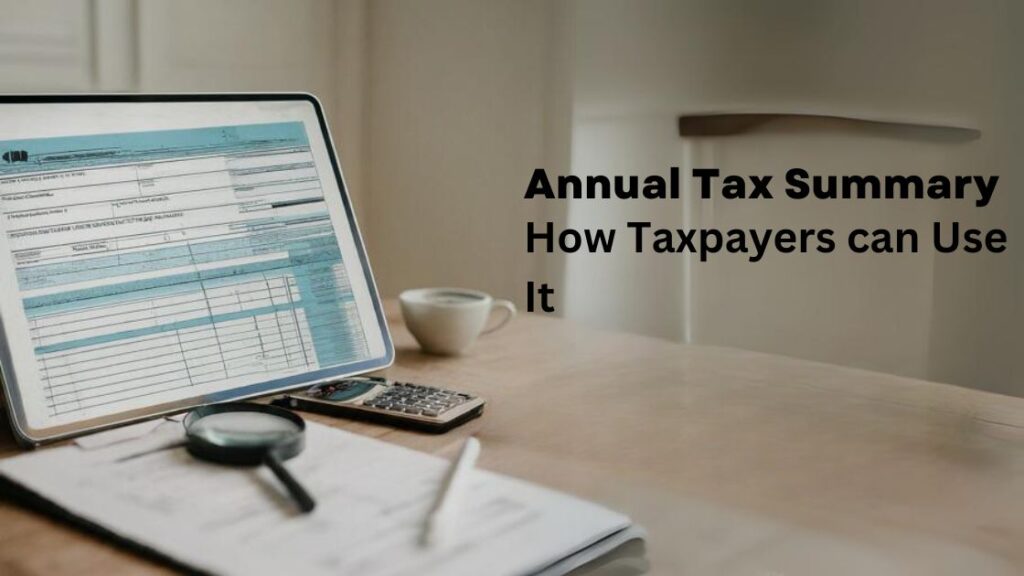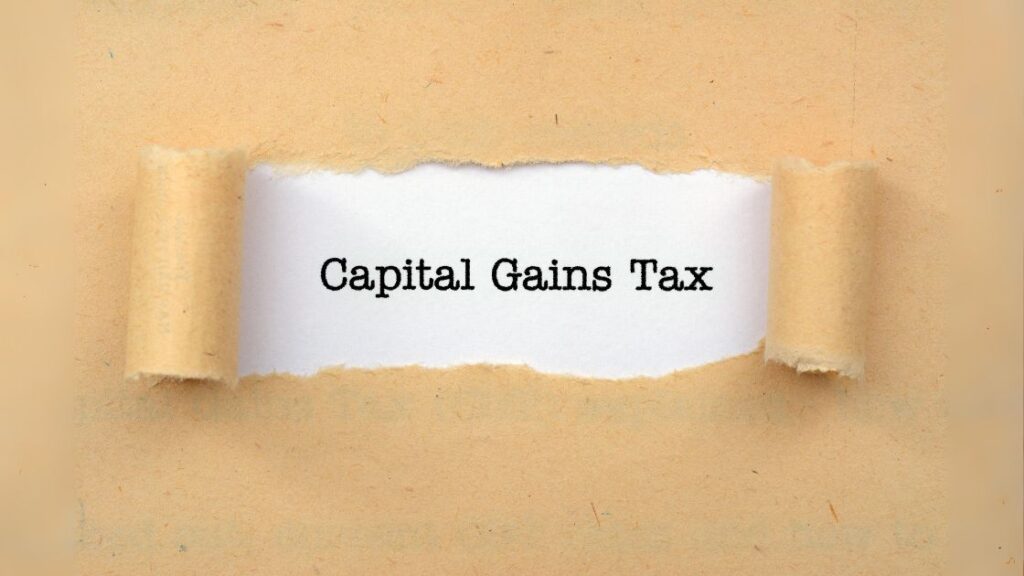Each tax year, HMRC issues a document to taxpayers in the UK called the Annual Tax Summary. As part of this document, the taxpayer’s income, tax deductions, allowances, and overall tax liability for the current tax year are summarized. By providing taxpayers with an overview of how taxes are calculated and how their income contributes to funding government services, the summary seeks to assist taxpayers in understanding how their taxes are calculated.
It helps taxpayers in many ways like providing transparency on the tax contributions, ensuring that taxpayers meet the tax obligations and filing tax return accurately, and an assessment of their tax liabilities to plan their finances accordingly.
How to read Annual Tax Summary?
The Annual tax summary details below components, go through each of them to understand your tax year.
- The Income Details section which includes details of the taxpayer’s income sources, such as wages, salaries, pensions, dividends, and interest.
- The Tax Deductions sections outlines the tax deductions made from the taxpayer’s income, including income tax, National Insurance contributions (NICs), and any other tax liabilities.
- Tax Allowances component includes information about the taxpayer’s tax-free allowances, such as the Personal Allowance and Marriage Allowance, which reduce their taxable income.
- Total Tax Liability section provides a summary of the taxpayer’s total tax liability for the tax year, showing the amount of tax paid and any tax owed.
- Tax Breakdown breaks down the taxpayer’s tax contributions into various categories, such as income tax, NICs, and contributions to public services like healthcare and education.
What taxpayer can do using the information in the Annual Tax Summary?
You should always perform certain checks before accepting the total tax you need to pay to the HMRC. List of checks that one should perform is listed below:
- Review Your Income to ensure that all sources of income are accurately reported in the summary.
- Ensure that tax deductions, such as income tax and NICs, are calculated correctly based on your income.
- Understand the tax-free allowances you are entitled for and how they affect your taxable income.
- Use the information in the summary to assess your tax liabilities and plan your finances for the coming tax year.
- Seek Advice if you have any questions or concerns about your Annual Tax Summary, don’t hesitate to seek advice from a tax professional or HMRC.
The Annual Tax Summary is not the evidence of the income. You will need a P60 form from the employer as evidence of income.
















